Beautiful Plants For Your Interior
Beautiful Plants For Your Interior


In today’s fast-paced world, where urban living often means limited outdoor space,…

Are you tired of constantly sweeping sawdust off your workshop floor after…
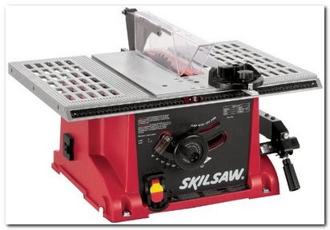
Are you setting up a table saw workshop, but not sure which…
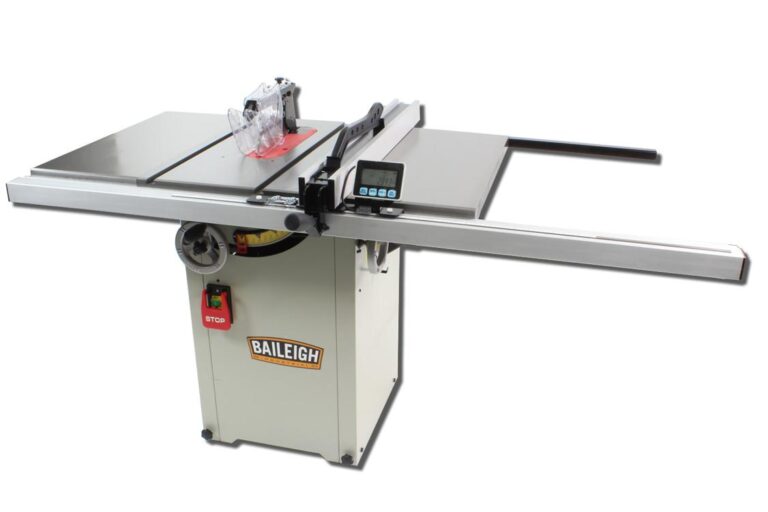
Greetings, fellow woodworkers! If you’ve been using a table saw for some…

If you love woodworking as much as I do, you understand the…

Greetings fellow DIYers, and woodworking enthusiasts! Have you ever found yourself in…
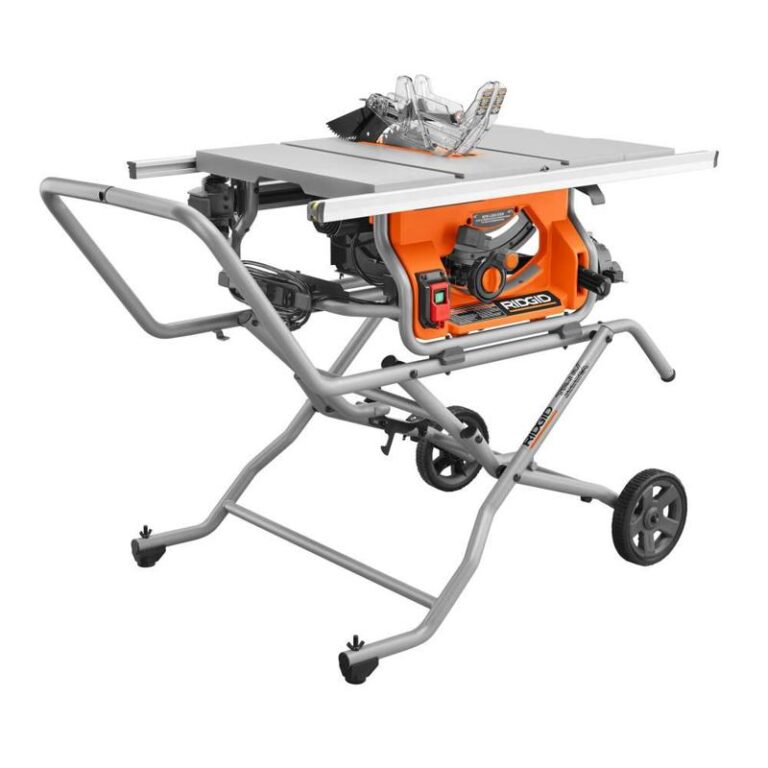
Are you a passionate woodworker who wants to take your craft to…
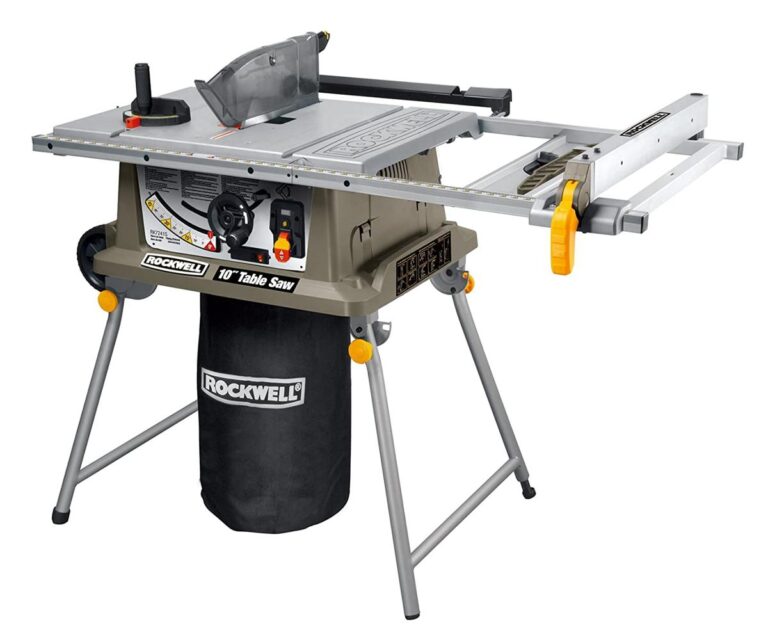
When it comes to woodworking, selecting the right tools can make all…

Are you looking to take your woodworking skills to the next level?…
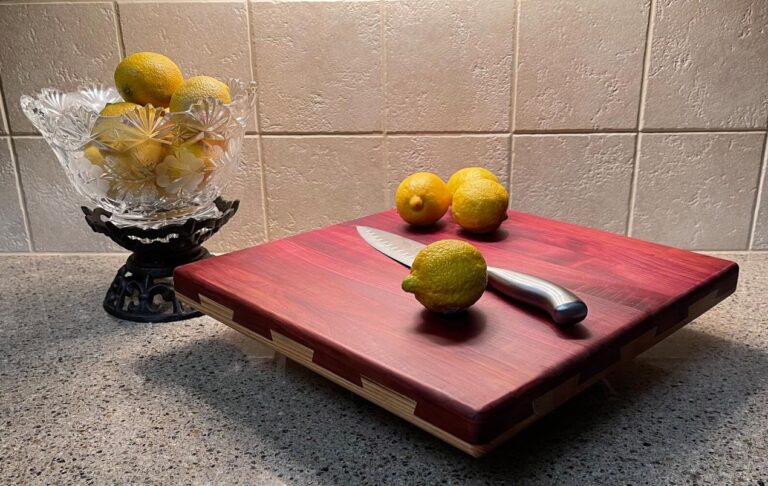
If you’re anything like me, you might be intimidated by the thought…